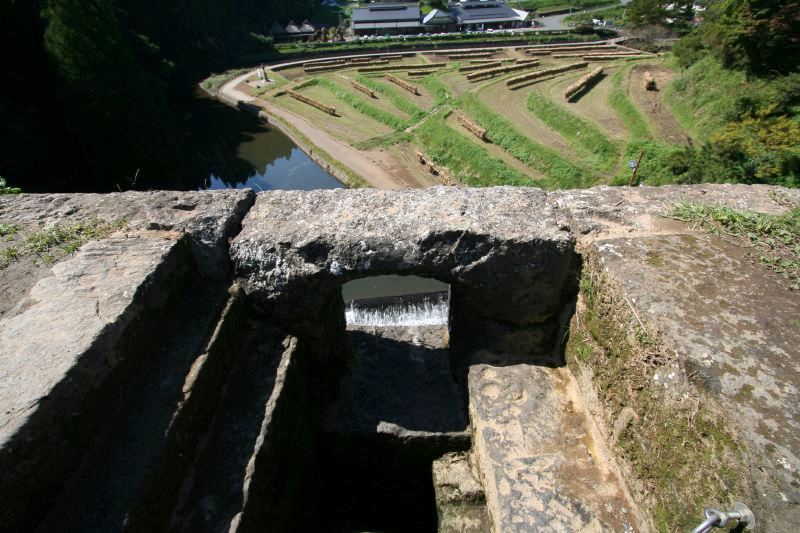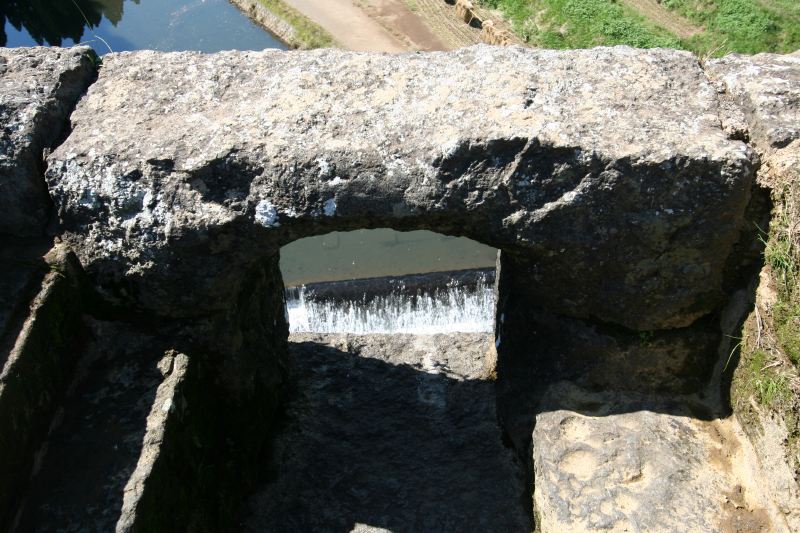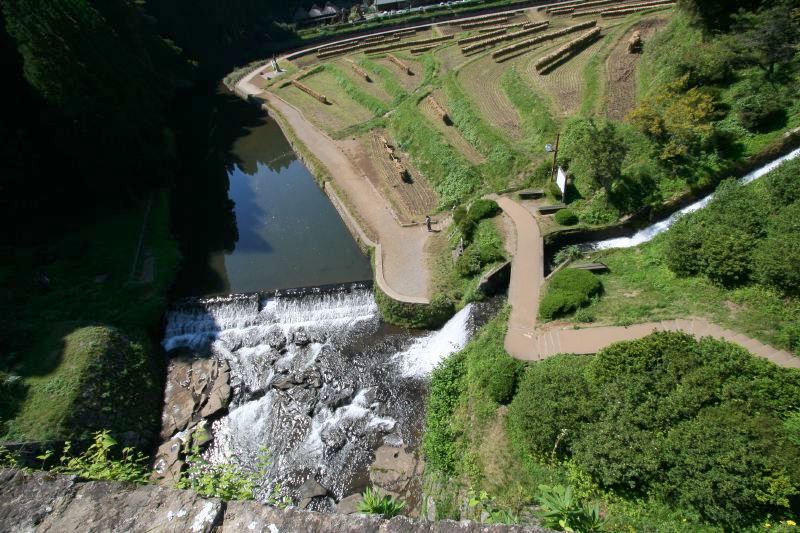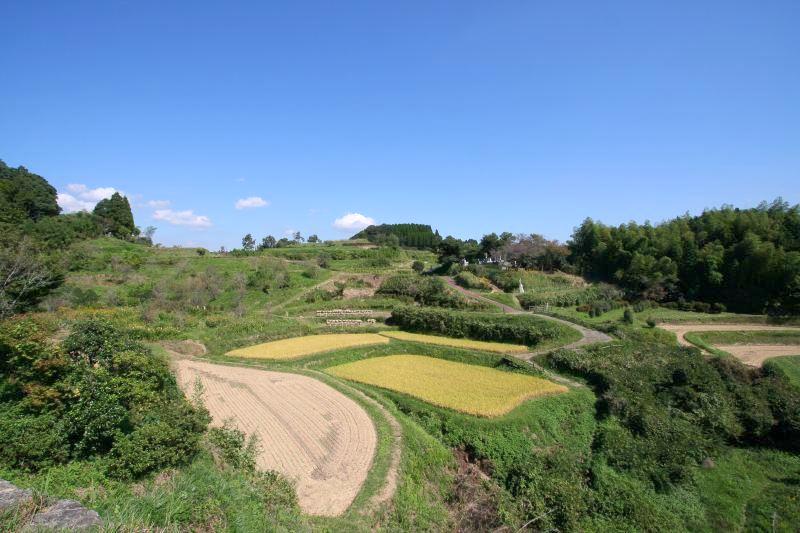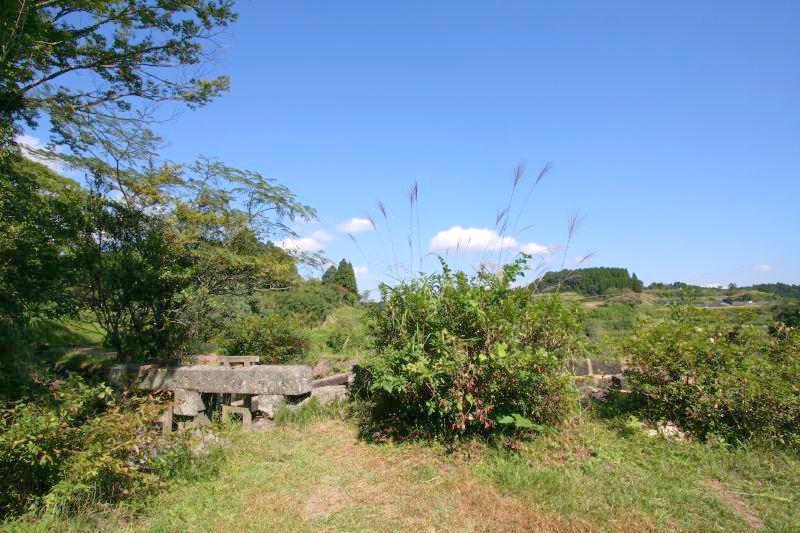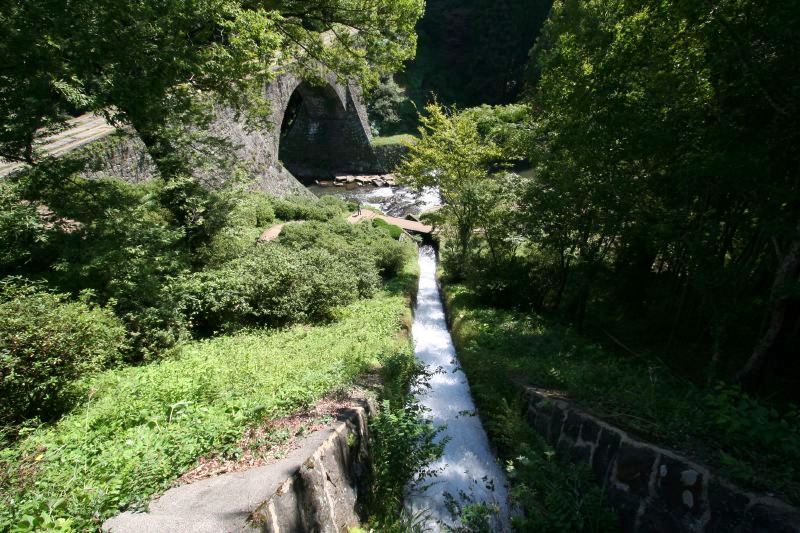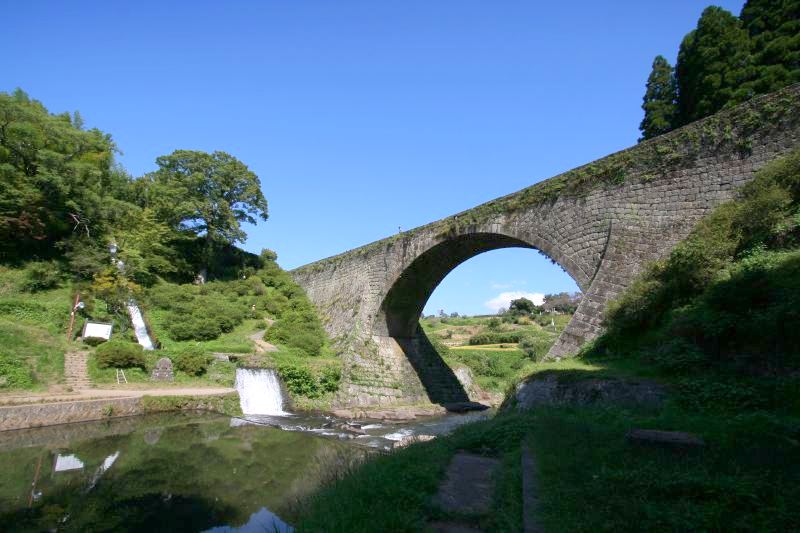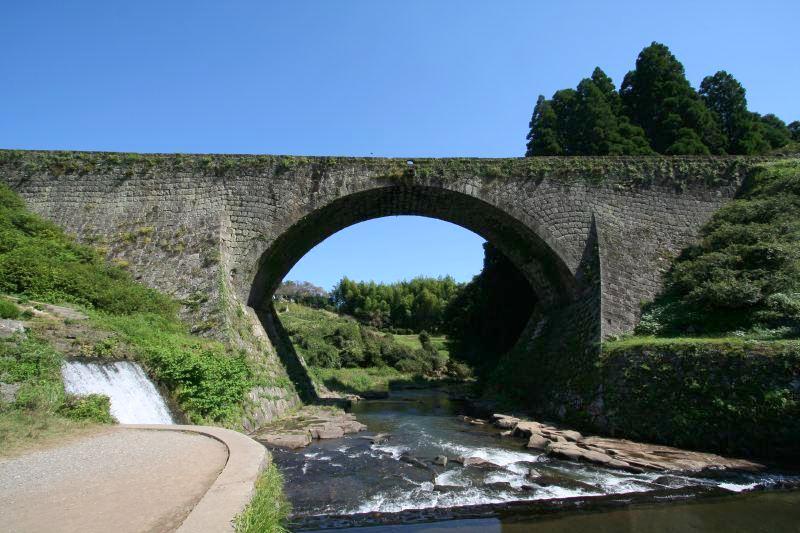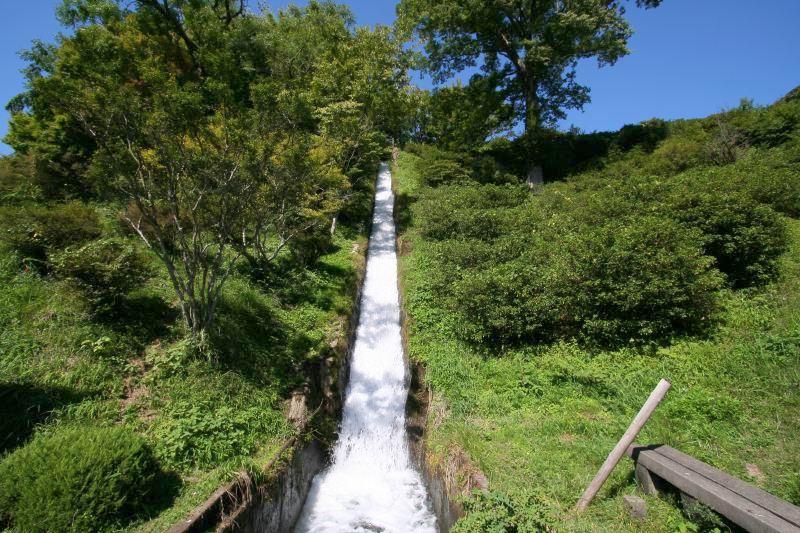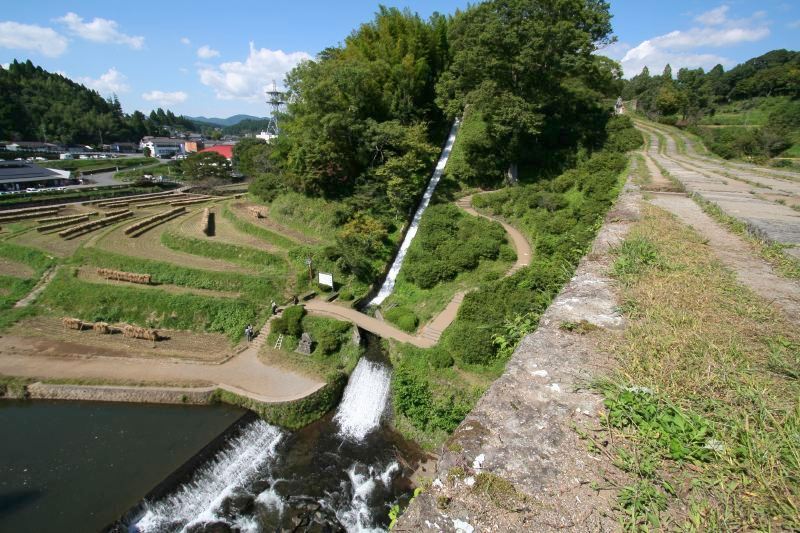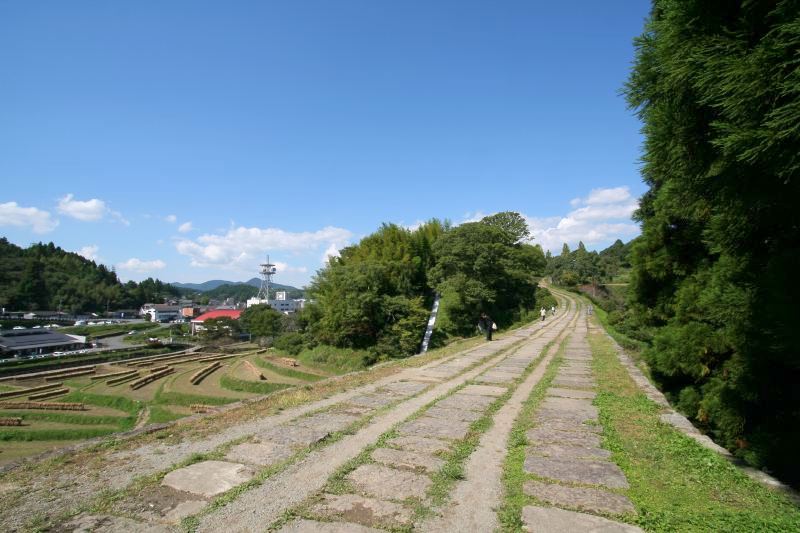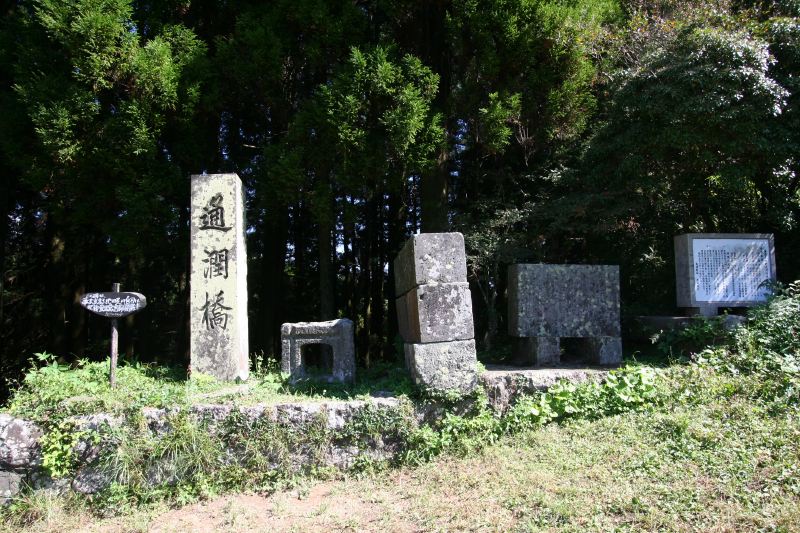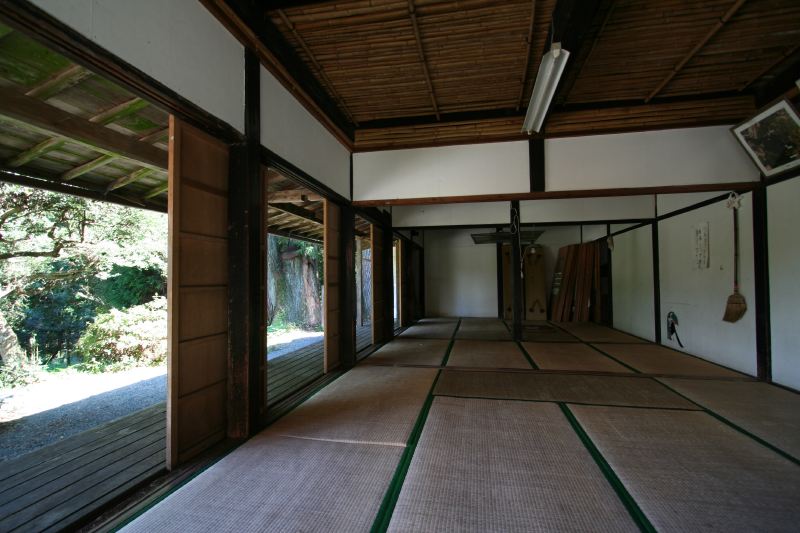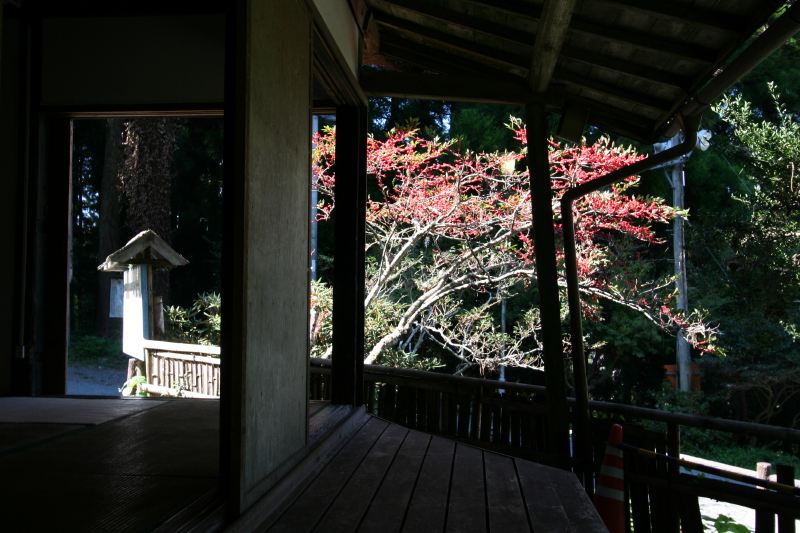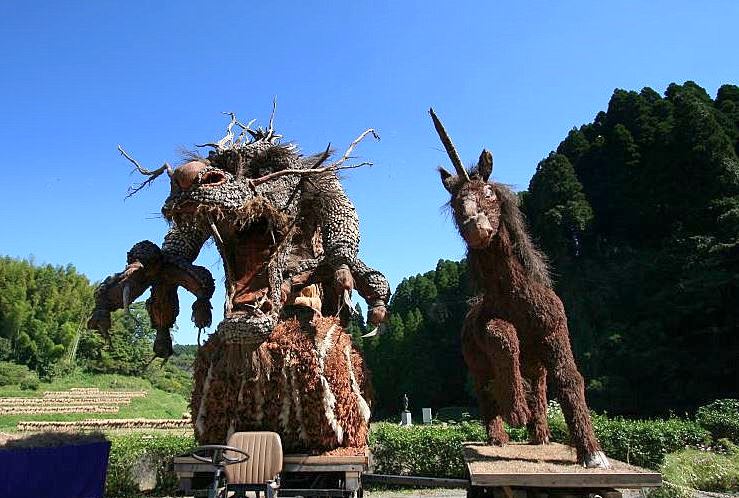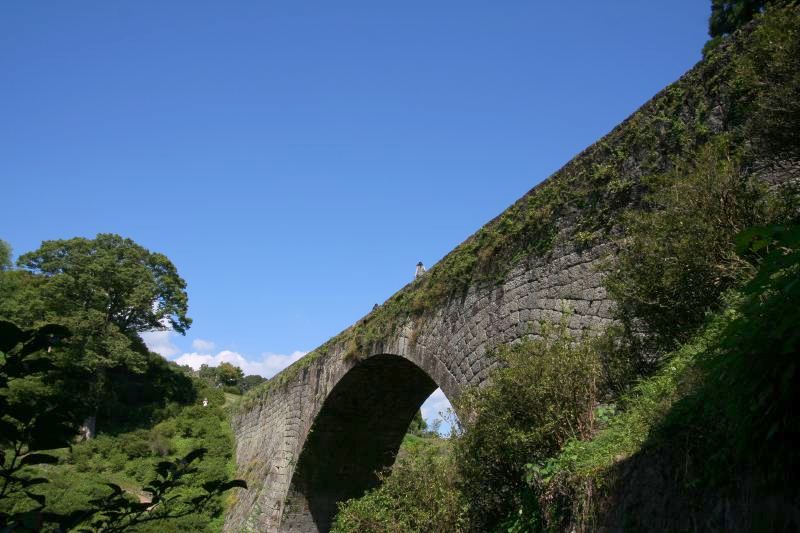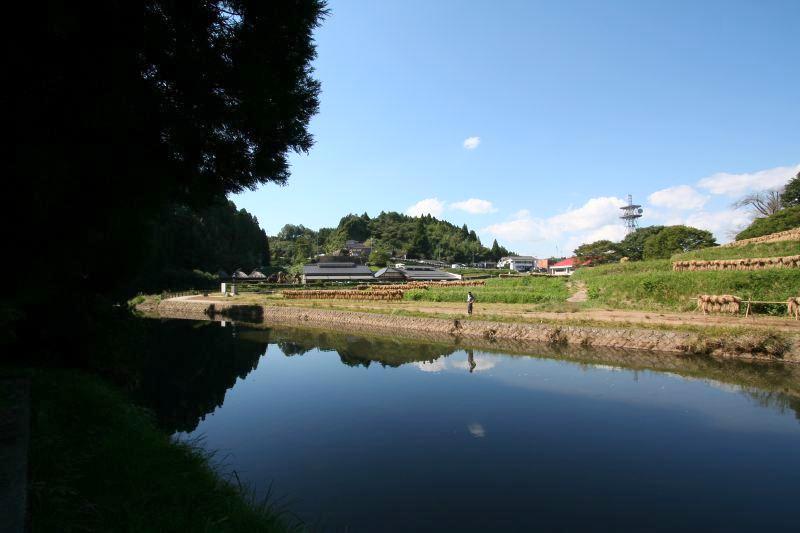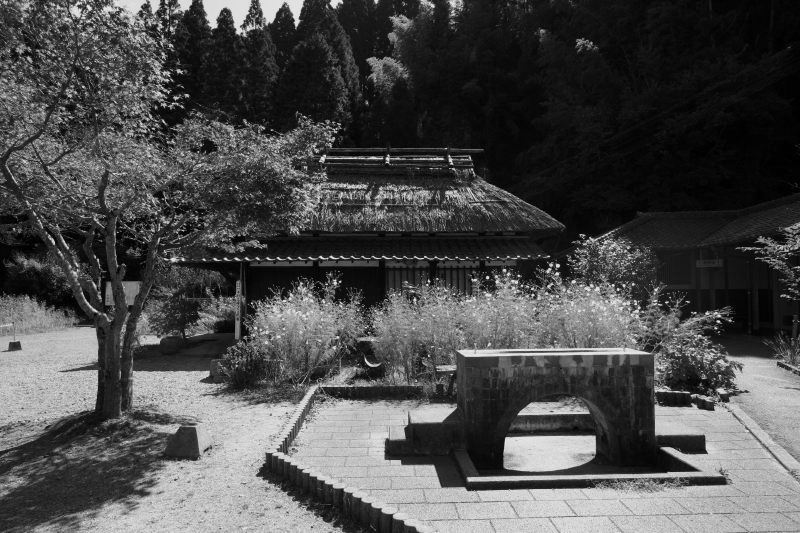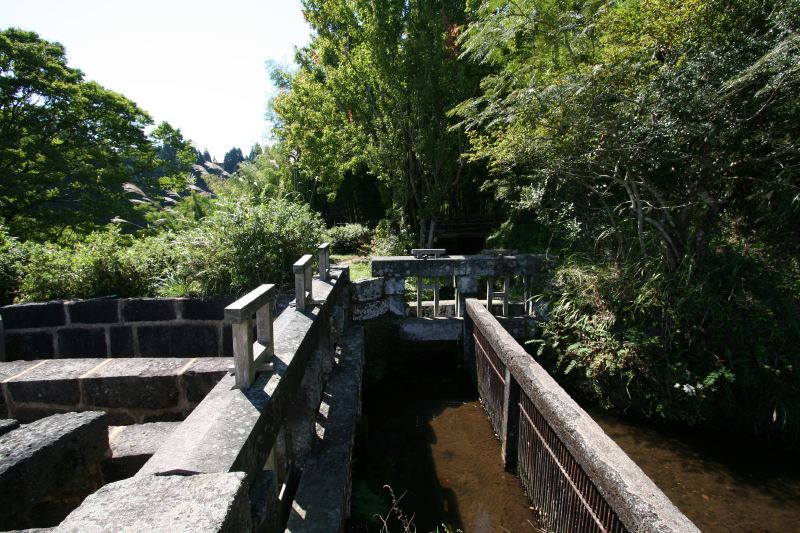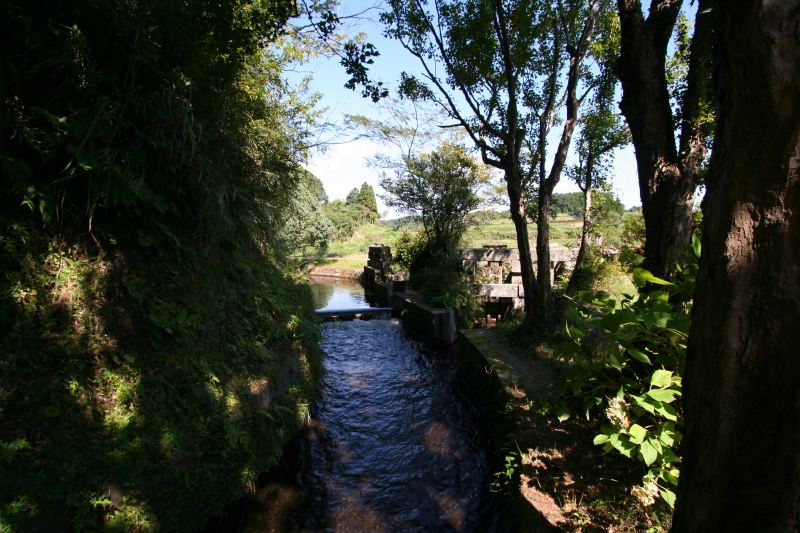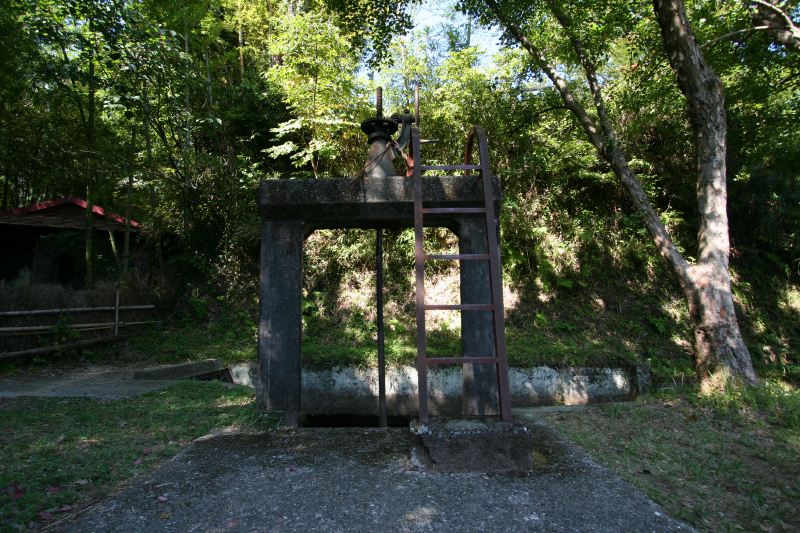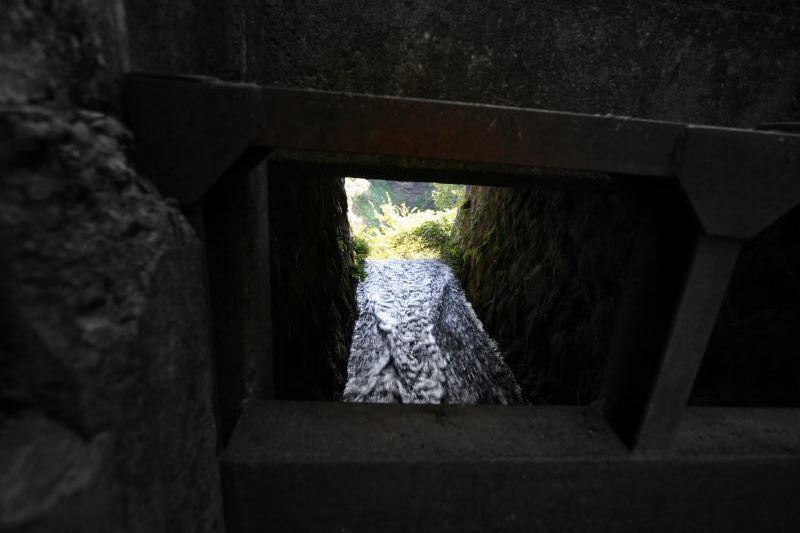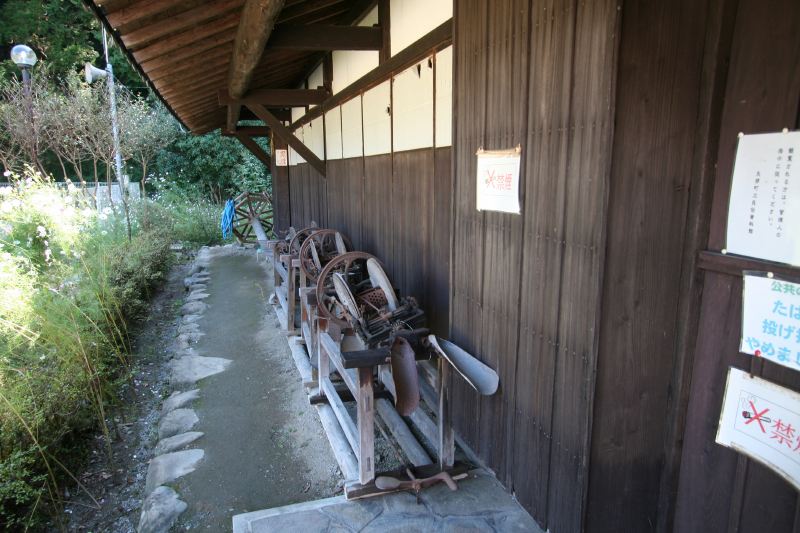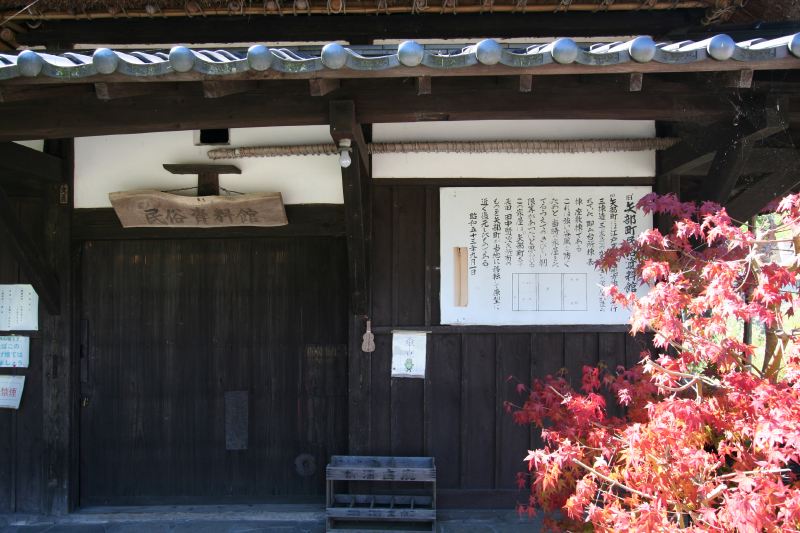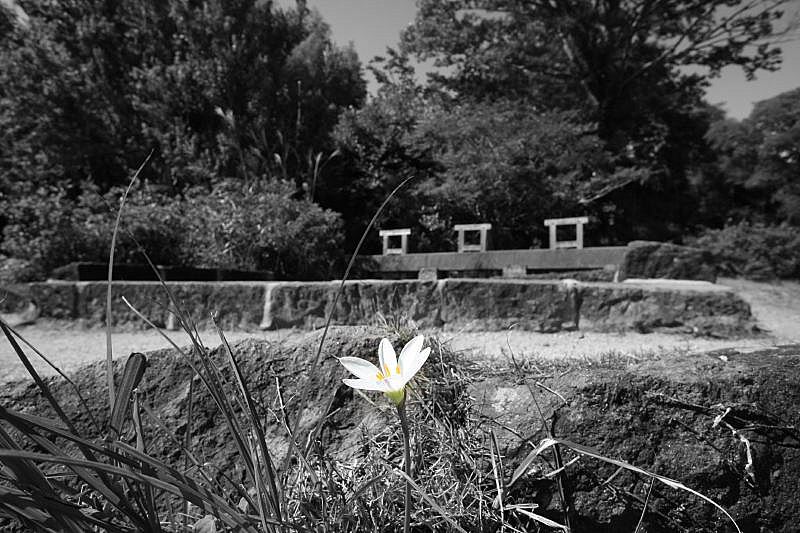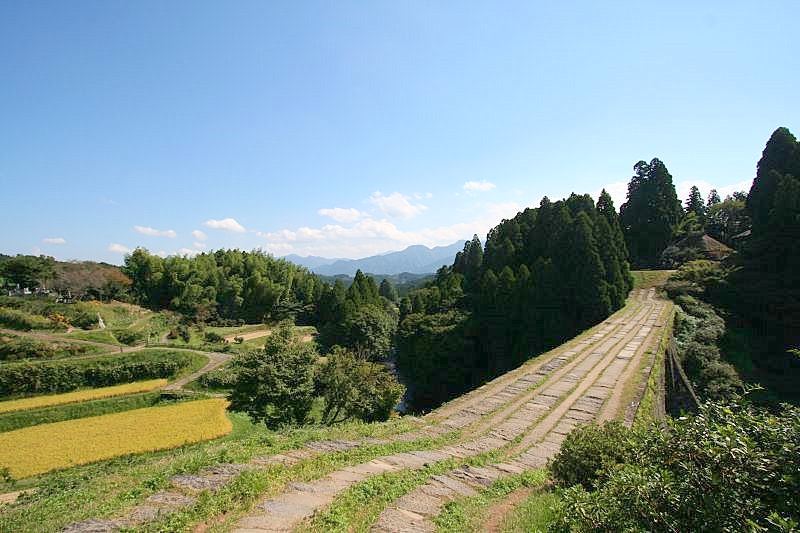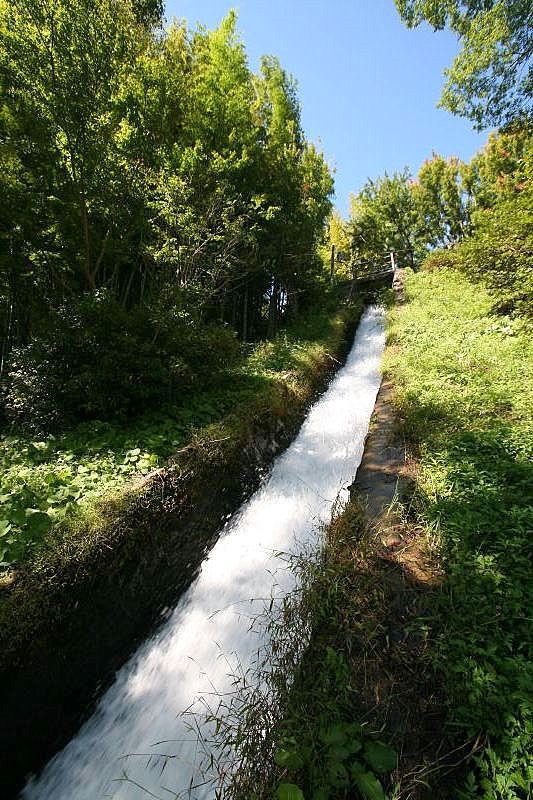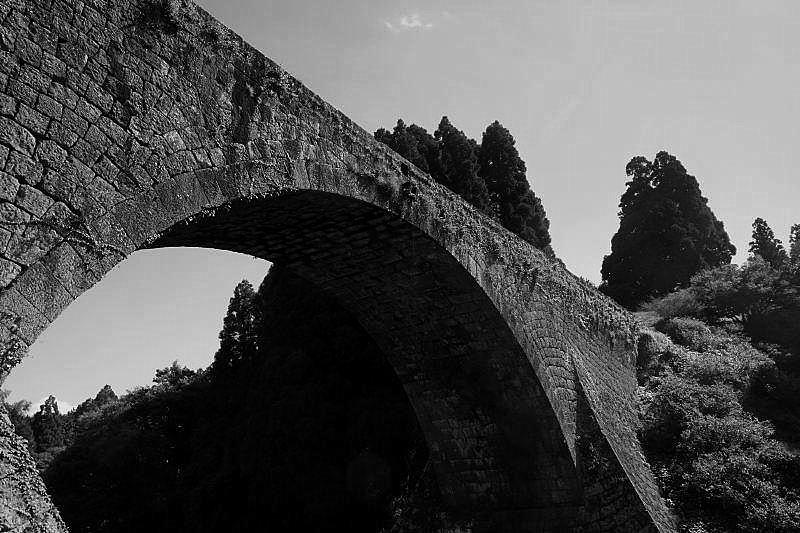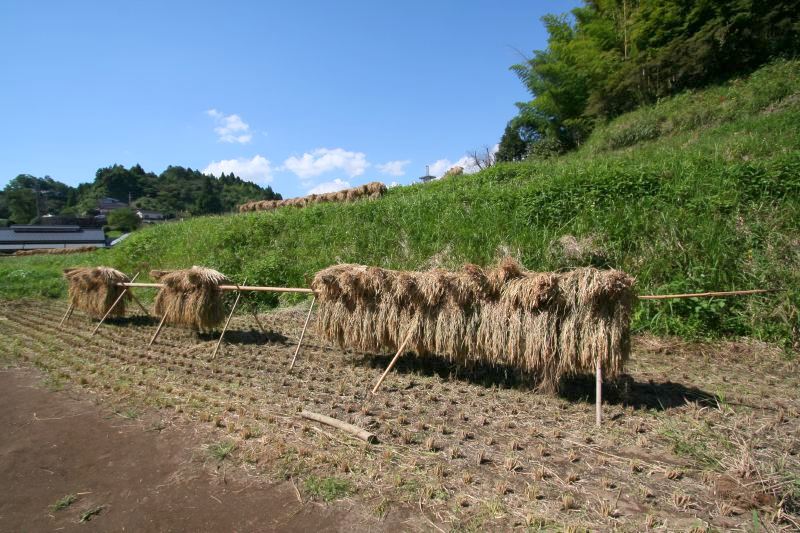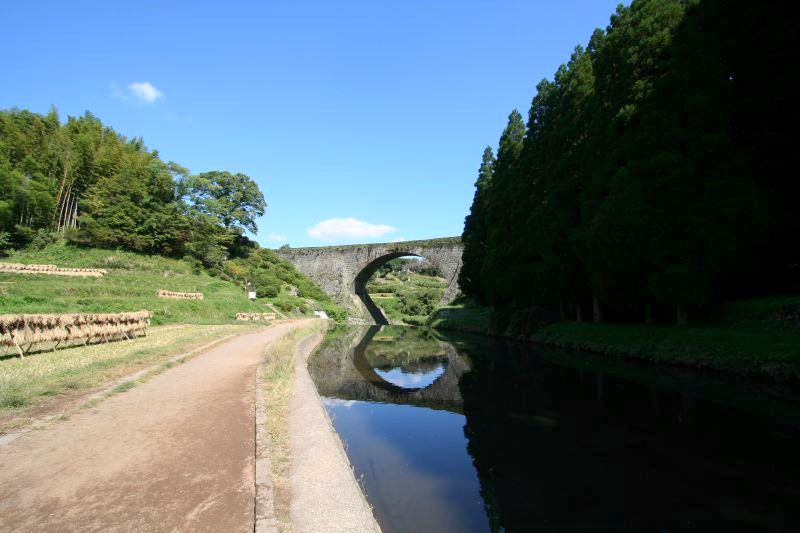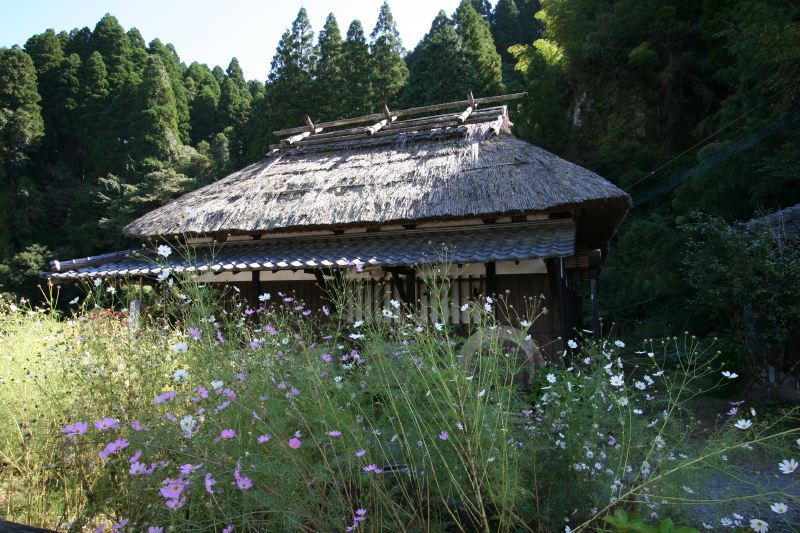
Tsujunkyo Bridge: A bridge not for human traffic, but to move water. There are no parapets or ledges here. I lean over the bridge ever so slowly and pull myself back, shocked at how far the ground is below.
Click to view Tsujunkyo bridge in full-screen
Japan’s largest aqueduct “Tsujunkyo Bridge” lies on the southern edge of the outer ring of Aso Hills located in Kumamoto Prefecture’s Yamato-cho. Nestled among beautiful rice paddies, the large stone bridge was built in 1854. With a length of 75 meters and a height of 22 meters, it is one of Japan’s treasured cultural assets. Even those unfamiliar with its name have surely seen photographs or images of the magnificent arch of water projected out of the center of the bridge.
The Shiraito Plateau, in the past, was a land with poor water access. While a river flowed down the opposite side of the hills, the Shiraito Plateau on the other side of the Todoroki Canyon held no water. Definitely unsuitable for agriculture, it hardly offered drinking water. One day, an official from the Yabugo district named Futa Yasunosuke looked down onto the flowing waters of Todoroki Canyon and wondered whether the water from the opposite side of the plateau could not be brought over to his side. Thus began the story of Tsujunkyo Bridge.
It was the dream of the many farmers in the area to have a pipe that would bring water to the Shiraito Plateau. Problems of money and technical expertise kept their dreams from being realized. It was Futa Yasunosuke’s drive and dedication that made the farmers’ dreams a reality. He traveled extensively to gather funds and ask for labor assistance from nearby farmers. The pipe they wanted was a stone structure. The key stone construction was assigned to Iwanaga Sabugoro. Futa had actually met Iwanaga at the completion ceremony of the Okedake Bridge. This is the bridge to be said to be the model for the Tsujunkyo Bridge. When Futa became a village official, he went to Iwanaga to ask for his expertise and assistance. Thirty-five years later, Futa’s request became reality.
Problems arose. Monies collected and a labor force gathered, it soon became evident that making a bridge that crossed a plateau and a canyon from the river would be a monumental task. For this, Futa did not have enough money or labor. On the other hand, creating a bridge that would cross only the canyon meant the water that would flow down to the bridge would need to be brought up to the height of the plateau.
The result came in the form of a siphon. Using the natural principles of a siphon and applying pressure to the low-lying water to raise it up to the appropriate height, the system was put into place. This kind of design was unheard of in this day. While small-scale examples of such an idea existed to date, nothing this large had been undertaken.
Twenty months later, with approximate 30,000 people helping out, the water pipes were constructed, the bridge frame completed, and after trial and error, the Tsujunkyo Bridge was complete.
One last hurdle remained. The pathway to the bridge removed, the moment to run the water through the bridge arrived. Futa sat in the middle of the bridge, legs crossed and a short dagger on his lap. He is prepared to take full responsibility-in the form of seppuku-should the water not flow across the bridge. The signal is given and the gates are opened. Water begins to flow. The moment of truth.
What was heard next was the roar of the crowd that stood watching the water flow towards their precious plateau. Among cheers, tears, and words of congratulations, legend states Futa put his hand into the flowing water coming out of the sluice and drank, secure in his accomplishment.
Click photo to enlarge
The water flowing through Tsujunkyo Bridge feeds into eight villages, supplying the necessary water for the rice paddies. Thanks to this water, the previously rough lands are now open for use. The three pipes on the bridge are still in use today, channeling water to over 100ha of fields. The famous waterspout is used to dislodge the sand and gravel stuck in pipes and the releasing of this water is not done during the time the water is necessary for agricultural use.
While the power of one individual may be limited, this bridge is a classic example of what is possible when many people work together towards a common goal. Human ingenuity, creativity, perseverance, and dedication all allowed for the farmers’ dreams to become a reality and even today, allow for this water to fuel the area.
Contents
Japan web magazine’s recommend
Tsujunkyo bridge DATA
- Address: Shimoichi, Yamato cho, kamimasukigun, Kumamoto
- Transportation: 50min from Mihune IC(御船IC)(Kyusyu highway)via route445
- Phone: 0967-72-1158
Shimoichi, Yamato cho, kamimasukigun, Kumamoto
Tsujunkyo bridge
